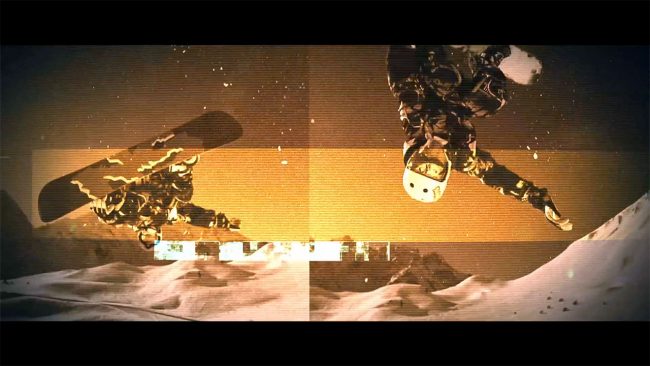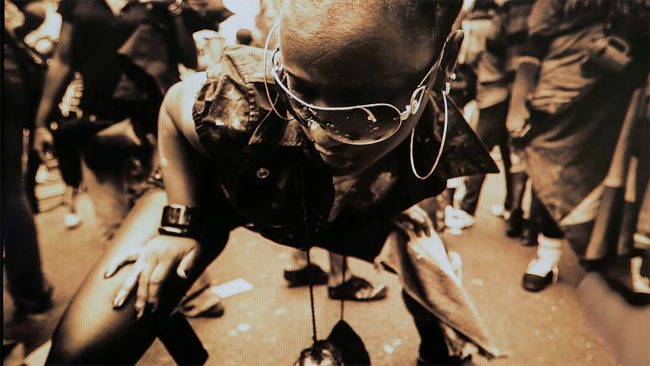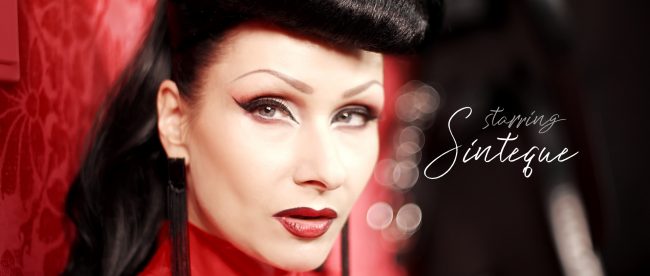 Read more
Read more
Editing is the start of post-production process where all the footage from the shoot is cut together into an initial “rough” cut. Visual Effects (VFX), Music and Sound Design and Colour Correctionwill later be added to create a “finished” edit.
Creating a Rough Cut
Initially, the footage will be assembled with “master shots” only. These are the setups which show the largest area of the set and usually contain all the action from the scene without cut or interruption. As the editing process continues, different shots that focus the audience’s attention on different aspects of the action will be included.
Refining The Theme
“People have forgotten how to tell a story… They usually have a beginning that never stops beginning.”
–Steven Spielberg, Director of ‘Jaws‘
Even from the initial draft of the script, your video will have a specific theme / emotional resonance. A strong theme constantly reminds you and (more importantly) your audience why you’re watching, whose perspective you’re telling the story from, and what the story is talking about (e.g. a person, a product or an idea). For example, this is how your story could be structured to create an emotional impact whilst delivering your intended theme or message:
- Wonder/Tease – (Talk to the audience’s imagination)
- Mystery – (The Hook )
- Possibility – (Target your demographic)
- Connection – (Identifying with their needs)
- Contrast – (Now vs. How it could be)
- Engagement – (A Call to Action/ROI)
Many trailers and commercials cover these topics in a very short space of time – but they are there. Working with a formula like this, stories create powerful connections between both the theme and its audience, creating both an emotional impact and ultimately a return on investment (ROI).
Depending on your target demographic, this may have an impact on the speed and intensity of a particular’s edit’s playback. Younger audiences are more used to shorter bursts of visual information than older ones. That said, we strive to create the best possible visuals so that the camera can attractively linger on a character or product for longer, rather than ashamedly speed-cutting every in a non-stop montage set to music. We want your audience to be entranced by your story, not confused by its presentation.
Sound Design and Mixing
Good sound design can put the audience inside the environment of each scene. Simple ambient noises can have a big impact on your audience’s evaluation and enjoyment of your video’s story. It can foreshadow arrivals and even expand the world of your video beyond what is onscreen.
By layering in music, motivated sound effects (SFX) like footsteps (commonly known as “foley”), with ambient reverberations and cleanly re-recorded dialogue (ADR), we can create maximum emotional impact. By subtly helping your audience feel like they’re living inside the world of your story, it will accentuate their experience.
Adding a Score / Music
Music drives emotion in a big way. Adding music can tell us how to feel in a certain moment, and can provide important information for viewers.
However whilst music is important, layering music and sound design together will create two-dimensional emotional punch can evaluate your story to bigger heights.
Conversely, an absence of music can also create energy all of its own as well. It’s a question of knowing when bring in the extra colours of sound to lift your production to new heights.
Keeping it simple
The best way to convey emotion is to see or hear a character experiencing that emotion. Psychologically speaking audiences “mirror” what they see and hear. Simply put, if you are trying to convey a theme that’s happy and uplifting, then the edit should show characters when they’re smiling and happy. This way your audience will more be inclined to feel what they see and what they hear.
Editing on the Best Equipment
Video editing has seen many changes since the arrival of the humble Steinbeck cutting table which is now being taken over by computer programs like Avid, Final Cut, Lightworks, Adobe Premiere and DaVinci Resolve. The key to these programs is their ability to do non-linear editing (NLE) so that you can cut and paste a video together as easily as swapping sentences in a word processor. Married with their ability to run a dedicated computer database for each project, it is incomparably easier to manage large projects with lots of different scenes.
Given their already industry-standard status, we specialise in using Final Cut Pro and especially DaVinci Resolve with its ability to cut, edit and grade projects within one environment.



